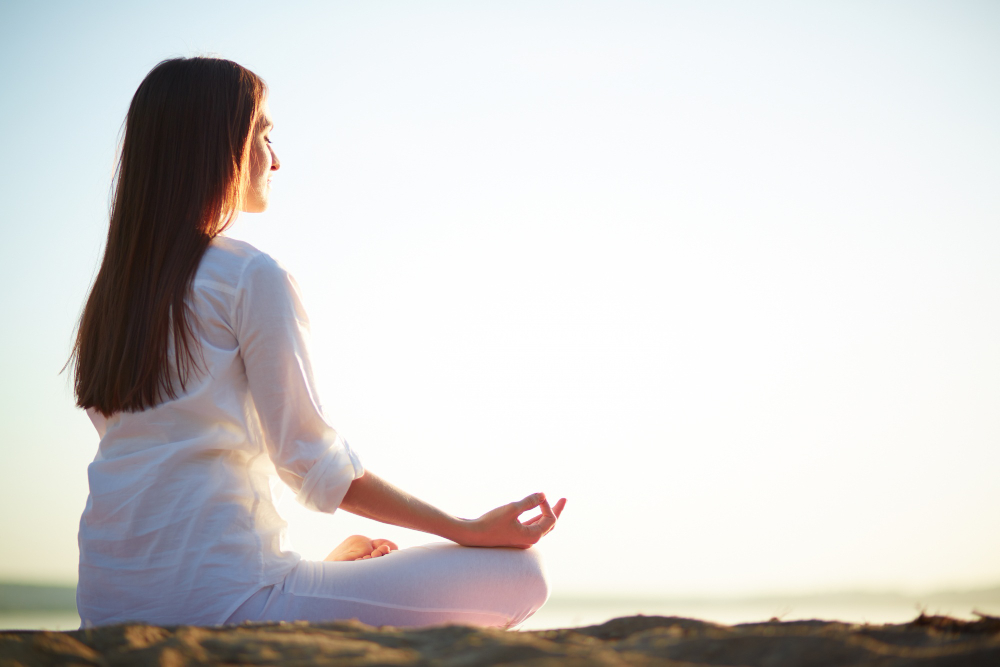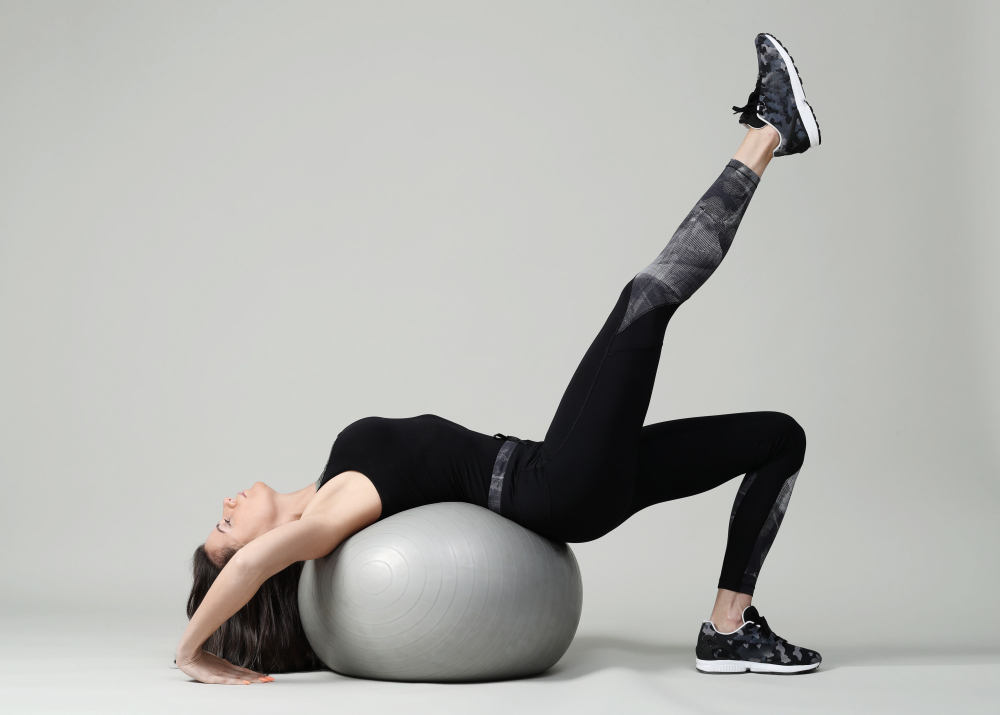In the realm of fitness and wellness, yoga and Pilates are two pillars that offer a wide range of benefits, each with its unique approach and philosophy. While both practices emphasize the connection between the mind and body, they diverge in their methods and outcomes. This article provides an in-depth look at the origins, techniques, benefits, and differences between yoga and Pilates, helping you determine which might be best suited to your personal fitness goals.
Table of Contents
Origins and Philosophical Foundations

Yoga: An Ancient Path to Holistic Health
Yoga is an ancient practice that dates back over 5,000 years in India. It is deeply rooted in spiritual traditions and is often considered a path to enlightenment. To achieve a balanced condition of mind, body, and spirit, yoga incorporates physical postures (asanas), breath control (pranayama), meditation, and ethical ideals. The practice aims to cultivate inner peace, self-awareness, and a sense of unity with the universe.
Pilates: A Modern Approach to Physical Fitness
Pilates, developed by Joseph Pilates in the early 20th century, focuses on physical conditioning through a series of controlled, precise movements. Originally called “Contrology,” Pilates emphasizes the importance of core strength, flexibility, and overall body alignment. Unlike yoga, Pilates is primarily a physical fitness system without the spiritual components, though it does promote mental focus and body awareness.
Techniques and Practices
Yoga: Flexibility, Balance, and Mindfulness

There are numerous styles of yoga, each with a distinct focus:
- Hatha Yoga: Perfect for beginners, this style focuses on fundamental poses and breathing techniques.
- Vinyasa Yoga: Involves a dynamic flow of poses linked with breath, promoting cardiovascular fitness.
- Ashtanga Yoga: A rigorous, fast-paced sequence of poses, enhancing strength and endurance.
- Bikram Yoga: Consists of a set series of poses practiced in a heated room, improving flexibility and detoxification.
Common elements across all styles include:
- Asanas (Postures): A wide range of poses that improve flexibility, strength, and balance.
- Pranayama (Breath Control): Techniques that enhance lung capacity, reduce stress, and increase energy levels.
- Meditation:Techniques for developing focus, awareness, and peace of mind.
Pilates: Core Strength and Precision

Pilates exercises can be performed on a mat or using specialized equipment such as the Reformer, Cadillac, and Wunda Chair. Key principles include:
- Core Strength: Pilates focuses on the “powerhouse” muscles, including the abdominals, lower back, hips, and glutes.
- Alignment and Posture: Emphasizes maintaining proper body alignment and posture throughout the exercises.
- Controlled Movements: Exercises are performed with slow, deliberate movements to maximize muscle engagement and prevent injury.
Benefits of Yoga and Pilates
Yoga: A Holistic Approach to Well-being
The benefits of yoga extend beyond the physical, encompassing mental and emotional health:
- Flexibility: Regular yoga practice increases flexibility, reducing the risk of injury.
- Stress Reduction: The combination of physical postures, breath control, and meditation helps alleviate stress and anxiety.
- Improved Balance and Coordination: Yoga enhances balance and coordination, beneficial for overall physical health.
- Mind-Body Connection: Yoga fosters a deep awareness of the body and mind, promoting mindfulness and emotional stability.
Pilates: Strength, Stability, and Functional Fitness
Pilates offers a comprehensive approach to physical fitness, emphasizing:
- Core Strength: Pilates is highly effective in building core strength, leading to better posture and reduced risk of back pain.
- Muscle Tone: The controlled, repetitive movements in Pilates help sculpt and tone muscles without adding bulk.
- Flexibility: Pilates exercises increase overall flexibility and range of motion.
- Balance and Coordination: Enhances body coordination and balance, making it an excellent choice for injury prevention and rehabilitation.
Comparing Yoga and Pilates
While yoga and Pilates share some similarities, they cater to different aspects of fitness and well-being:
- Focus: Yoga offers a holistic approach, integrating physical, mental, and spiritual elements. Pilates is more focused on physical conditioning and core strength.
- Techniques: Yoga involves a wide range of poses, breath control, and meditation. Pilates emphasizes precise movements and core stability.
- Benefits: Yoga enhances flexibility, reduces stress, and promotes overall well-being. Pilates builds core strength, tones muscles, and improves functional fitness.
Choosing Between Yoga and Pilates
The choice between yoga and Pilates depends on your individual goals and preferences:
- For Flexibility and Stress Relief: Yoga is ideal if you seek to improve flexibility, reduce stress, and achieve a sense of inner peace.
- For Core Strength and Muscle Tone: Pilates is perfect if your focus is on building core strength, toning muscles, and enhancing overall body stability.
Many fitness enthusiasts find that combining both practices offers the best of both worlds, allowing them to reap the benefits of each discipline.
Conclusion
Yoga and Pilates each offer unique paths to physical and mental well-being. By understanding their differences and unique attributes, you can choose the practice that best aligns with your fitness goals and personal preferences. Whether you are drawn to the spiritual and holistic nature of yoga or the precision and core strength focus of Pilates, incorporating these practices into your routine can lead to a healthier, more balanced life.
Frequently Asked Questions
What are the origins of yoga?
Yoga is an ancient practice that originated in India over 5,000 years ago. It is deeply rooted in spiritual traditions and often considered a path to enlightenment, focusing on achieving a balanced state of mind, body, and spirit.
What are the origins of Pilates?
Pilates was developed by Joseph Pilates in the early 20th century. Originally called “Contrology,” Pilates emphasizes physical conditioning through a series of controlled, precise movements, focusing primarily on core strength, flexibility, and body alignment.
What are the key philosophical differences between yoga and Pilates?
Yoga incorporates physical postures, breath control, meditation, and ethical principles to cultivate inner peace, self-awareness, and unity with the universe. Pilates, on the other hand, is primarily a physical fitness system without spiritual components, though it promotes mental focus and body awareness.
What are some common styles of yoga?
Some common styles of yoga include:
Hatha Yoga: Focuses on fundamental poses and breathing techniques, suitable for beginners.
Vinyasa Yoga: Involves a dynamic flow of poses linked with breath, promoting cardiovascular fitness.
Ashtanga Yoga: A rigorous, fast-paced sequence of poses that enhance strength and endurance.
Bikram Yoga: Consists of a set series of poses practiced in a heated room, improving flexibility and detoxification.
What are the core principles of Pilates?
The core principles of Pilates include:
Core Strength: Focuses on the “powerhouse” muscles, including the abdominals, lower back, hips, and glutes.
Alignment and Posture: Emphasizes maintaining proper body alignment and posture throughout the exercises.
Controlled Movements: Exercises are performed with slow, deliberate movements to maximize muscle engagement and prevent injury.
What are the benefits of practicing yoga?
The benefits of practicing yoga include:
Flexibility: Regular yoga practice increases flexibility, reducing the risk of injury.
Stress Reduction: The combination of physical postures, breath control, and meditation helps alleviate stress and anxiety.
Improved Balance and Coordination: Yoga enhances balance and coordination, beneficial for overall physical health.
Mind-Body Connection: Yoga fosters a deep awareness of the body and mind, promoting mindfulness and emotional stability.
What are the benefits of practicing Pilates?
The benefits of practicing Pilates include:
Core Strength: Pilates is highly effective in building core strength, leading to better posture and reduced risk of back pain.
Muscle Tone: The controlled, repetitive movements in Pilates help sculpt and tone muscles without adding bulk.
Flexibility: Pilates exercises increase overall flexibility and range of motion.
Balance and Coordination: Enhances body coordination and balance, making it an excellent choice for injury prevention and rehabilitation.
How do yoga and Pilates differ in their techniques?
Yoga involves a wide range of poses (asanas), breath control (pranayama), and meditation. Pilates emphasizes precise movements, core stability, and exercises that can be performed on a mat or using specialized equipment like the Reformer, Cadillac, and Wunda Chair.
Can I combine yoga and Pilates in my fitness routine?
Yes, many fitness enthusiasts find that combining both practices offers the best of both worlds. This allows them to reap the benefits of each discipline, leading to a more balanced and comprehensive fitness routine.
How do I choose between yoga and Pilates?
The choice between yoga and Pilates depends on your individual goals and preferences. If you aim to improve flexibility, reduce stress, and cultivate a mind-body connection, yoga might be the best choice. If your focus is on core strength, muscle tone, and functional fitness, Pilates could be more suitable.


3 thoughts on “Yoga and Pilates: A Comprehensive Comparison”